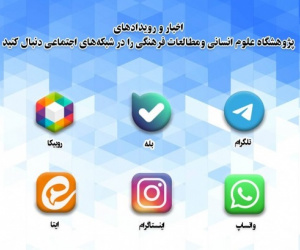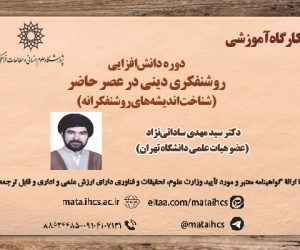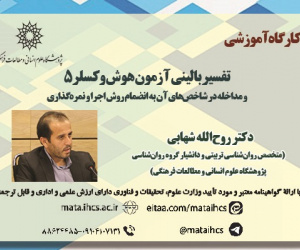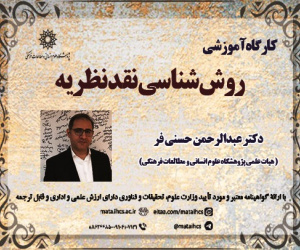مقایسه افراد مبتلا به مشکلات بینایی، شنوایی، جسمی-حرکتی و افراد فاقد مشکلات جسمانی از نظر پنج عامل بزرگ شخصیت (مقاله علمی وزارت علوم)
درجه علمی: نشریه علمی (وزارت علوم)
حوزههای تخصصی:
شماره صفحات:
۱۴۰ - ۱۵۲
دریافت مقاله
آرشیو
چکیده
هدف و زمینه: هدف پژوهش حاضر مقایسه افراد مبتلا به مشکلات بینایی، شنوایی، جسمی-حرکتی و افراد فاقد مشکلات جسمانی از نظر پنج عامل بزرگ شخصیت در سال 1403 بود. روش پژوهش: این پژوهش به لحاظ هدف از جمله تحقیقات کاربردی است که به لحاظ شیوه کنترل متغیرها یک پژوهش آزمایشی است که به شیوه پس رویدادی (علی مقایسه ای) انجام شد. جامعه آماری کلیه افراد مبتلا به مشکلات بینایی، شنوایی، جسمی-حرکتی و افراد فاقد مشکلات جسمانی به صورت نمونه گیری غیرتصادفی دردسترس روی 32 فرد مبتلا به مشکلات بینایی، 25 فرد مبتلا به مشکلات شنوایی، 32 فرد مبتلا به مشکلات جسمی-حرکتی و 31 فرد گواه سالم انجام گرفت. گروه گواه سالم از نظر سن و جنسیت با سایر گروه ها همتا انتخاب شده بودند. برای تجزیه و تحلیل داده ها در این تحقیق از نرم افزار SPSS نسخه 27 استفاده شد. در این پژوهش سطح معنی داری 05/0 در نظر گرفته شد. یافته ها: نتایج نشان داد که در همه عامل ها به طور کلی گروه ها تفاوت معناداری با هم داشتند. میزان تفاوت های کلی گروهی در عامل ها از بیشترین به کمترین شامل توافق پذیری، تجربه پذیری، وجدان گرایی، روان رنجورخویی و برونگرایی بودند. در مقایسه های زوجی مشخص شد که عموماً گروه مبتلا به مشکلات بینایی بیشترین تفاوت ها را با سایر گروه ها داشت (05/0>p). نتیجه گیری: بنابراین این طور نتیجه گیری می شود که بین افراد مبتلا به مشکلات بینایی، شنوایی، جسمی-حرکتی و افراد فاقد مشکلات جسمانی از نظر پنج عامل بزرگ شخصیت تفاوت وجود دارد.Comparison of people with vision, hearing, physical-motor problems and people without physical problems in terms of the big five personality factors
Introduction: Disability is defined as a general term for impairments, activity limitations, and participation limitations. Impairments are problems that exist in the structure or function of the body; activity limitations are problems that occur in the performance of individual tasks; and participation limitations are problems that occur in participation in life situations The purpose of the present study was to compare people with vision, hearing, physical-motor problems and people without physical problems in terms of the five major personality factors in 2024. research method: In terms of the purpose, this research is one of the applied research projects, and in terms of the method of controlling the variables, it is experimental research that was conducted in a post-event (causal comparative) manner. The statistical population of all people with vision, hearing, and physical-motor problems and people without physical problems in the form of a available non-random sampling of 32 people with vision problems, 25 people with hearing problems, 32 people with physical-motor problems and 31 A healthy witness was performed. The healthy control group was matched with other groups in terms of age and gender. SPSS version 27 software was used for data analysis in this research. In this research, a significance level of 0.05 was considered. Results: The results showed that there were significant differences between the groups in all factors. The amount of overall group differences in the factors from the highest to the lowest included agreeableness, openness, conscientiousness, neuroticism and extroversion. In pairwise comparisons, it was found that, generally, the group with vision problems had the most differences with other groups (p<0.05). Discussion: Therefore, it is concluded that there are differences between people with visual, hearing, and physical-motor problems and people without physical problems in terms of the Big Five personality factors.







